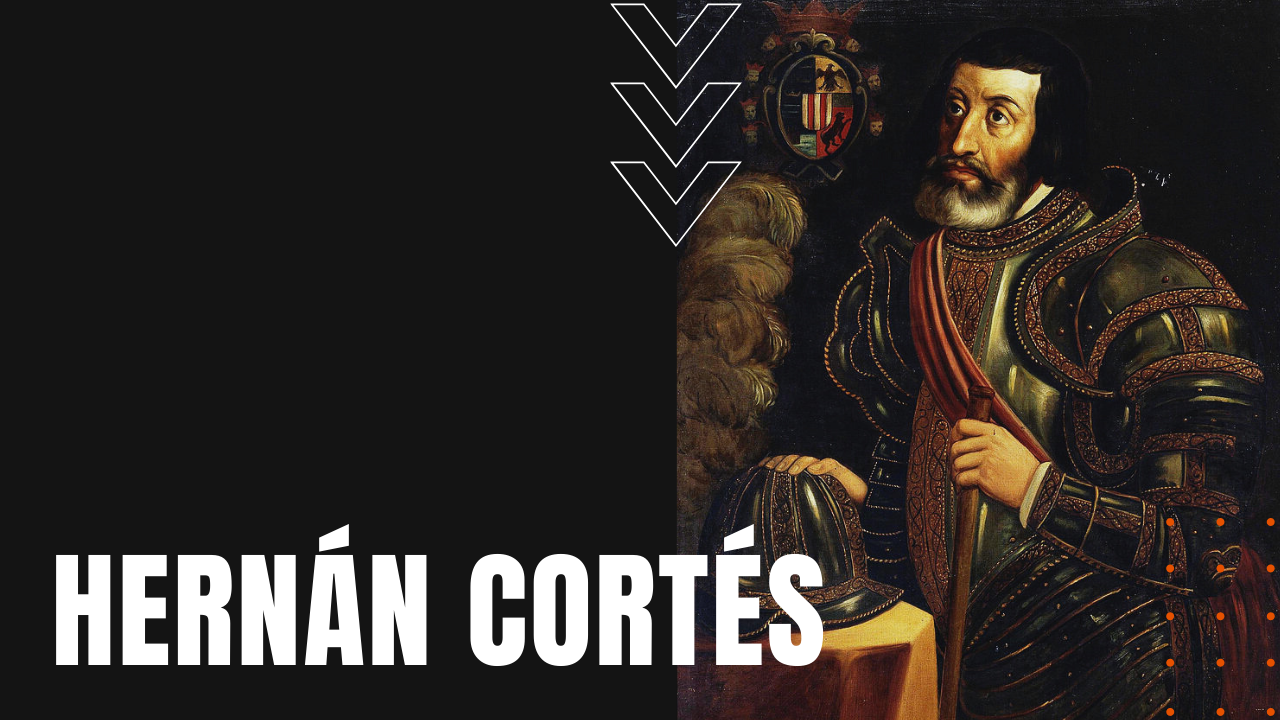Hernán Cortés: Defiant Spanish Explorer and Conquistador

Born into low nobility in 1485 Medellin Spain, Hernán Cortés’ restlessness to explore the New World landed him in Hispaniola by the age of 19, joining Spanish conquistador Diego Velázquez seven years later on an expedition to Cuba, where he climbed through the ranks to become the mayor or chief magistrate of Santiago.
By 1518, Cortés was in command of his own expedition to Mexico, but after Velázquez canceled the trip out of enmity for his young understudy, a defiant Cortés set sail with 11 ships and 500 men, landing first in Tabasco and later Veracruz, where some accounts claim he scuttled his own ships, so that his men had no other option but to follow Cortés on his conquest of the mighty Aztec Empire.
Cortés The Conquistador
Considered the wealthiest and most densely-populated city in Mesoamerica, Cortés and his men entered Tenochtitlán on November 8th, 1519, where Aztec ruler Montezuma the 2nd mistook Cortés as an envoy from the god Quetzalcoatl, who was prophesied to return that year in the Aztec calendar. Seizing upon the moment, Cortés took Montezuma hostage while his soldiers raided the city.
Soon afterwards, Cortés caught wind of a Spanish armada from Cuba en route to arrest him for disobeying orders from Velázquez, escaping to sea while leaving Tenochtitlán under the command of Pedro de Alvarado. Alvarado massacred Aztec chiefs before Cortés returned to the city, igniting a rebellion by Aztec citizens that led to the murder of Montezuma and a Spanish retreat from the city. Unwilling to accept defeat, Cortés proved victorious over the Aztecs in the Battle of Otumba on July 7th, 1520, regaining control of the city a year later, which brought about the end of the Aztec Empire.
While Cortés was off conquering Mexico, Velázquez crucified the explorer back home in Spain, defaming his onetime understudy in the court of public opinion, prompting Cortés to undertake a Public Relations campaign in his defense, sending Spanish King Charles the 5th a string of five now-infamous letters detailing the lands he had conquered for Spain, as well as lurid descriptions of life in Mexico.
After his return to Spain, Cortés spent much of his later years seeking recognition for his achievements as a conquistador before a skeptical royal court. Despite the bad press relating to his disobedience, he was awarded the title of Marquesado del Valle de Oaxaca, before passing away from natural causes in 1547, forever cementing Hernán Cortés as a luminary figure in the Age of Exploration.
